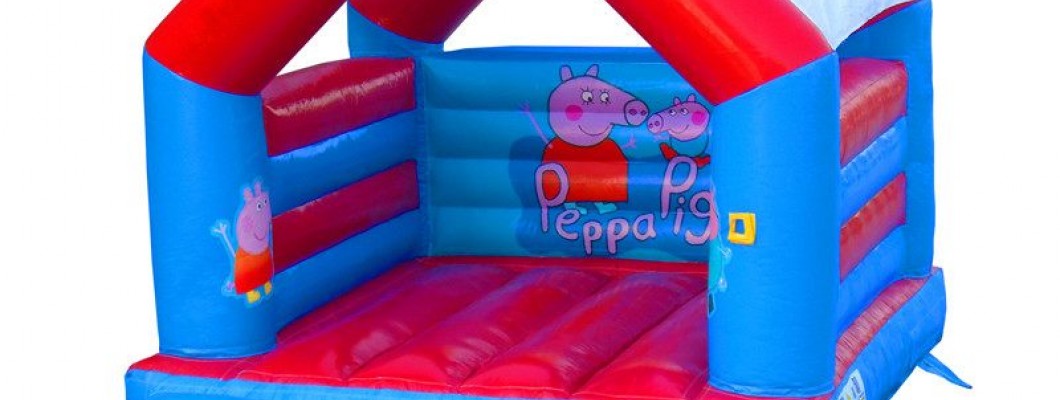
Bouncy castles are a favorite attraction for children at parties and events. Their vibrant colors and playful designs are supported by an intricate construction process involving a variety of materials. This article explores the anatomy of a bouncy castle, detailing the different materials that contribute to their structure and function.
Main Components and Materials
Bouncy castles are composed of several key components, each made from specific materials that provide the necessary strength, flexibility, and safety.
1. Inflatable Structure
The inflatable structure forms the main body of the bouncy castle. This is typically made from heavy-duty vinyl or PVC, which is known for its durability and resistance to tearing. The material must be able to withstand the continuous pressure of inflation and the impact of children jumping.
2. Air Blowers
Air blowers are essential for keeping the bouncy castle inflated. These devices are made from high-quality plastics and metals to ensure longevity and reliability. The blowers must provide a consistent flow of air to maintain the bouncy castle's shape and firmness.
3. Mesh Windows
Safety is a priority in the design of bouncy castles, and mesh windows play a crucial role. These windows are made from reinforced nylon or polyester mesh, which is strong enough to prevent tears while allowing for ventilation and visibility. The mesh helps keep children safely inside while allowing supervisors to monitor them.
4. Reinforcement Straps
Reinforcement straps, often made from nylon or polyester, are used to strengthen the seams and joints of the bouncy castle. These straps help distribute the stress evenly across the structure, preventing weak points that could lead to ruptures.
5. Anchor Points
Anchor points are crucial for securing the bouncy castle to the ground. These are typically made from heavy-duty webbing or metal rings, which are attached to the base of the castle. The anchor points ensure that the bouncy castle remains stable and prevents it from shifting or tipping over during use.
Additional Safety Features
Beyond the primary materials, bouncy castles incorporate several safety features to protect users.
1. Non-Slip Surfaces
Non-slip surfaces are integrated into the design of bouncy castles to reduce the risk of falls. These surfaces are made from textured PVC or rubber, providing a better grip for children's feet, especially in high-traffic areas like entry points and steps.
2. Safety Netting
In addition to mesh windows, some bouncy castles include safety netting around the entrance and exit areas. This netting is made from strong, flexible materials like nylon or polyester and helps prevent children from accidentally falling out of the castle.
Conclusion
Understanding the materials used in the construction of bouncy castles highlights the complexity and care involved in their design. From durable PVC for the inflatable structure to reinforced mesh windows and non-slip surfaces, each component is carefully selected to ensure the bouncy castle is safe, durable, and enjoyable for children. By appreciating these details, we can better understand and value the engineering behind these popular play structures.

Leave a Comment